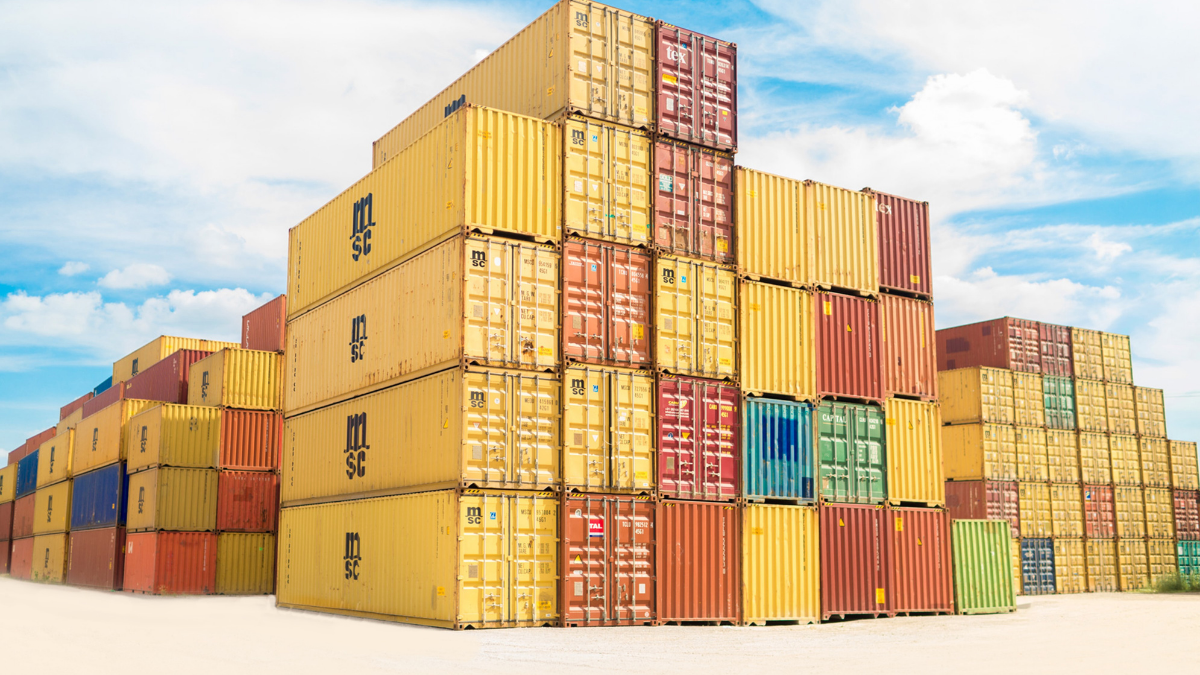Small Australian businesses will be hurt the most if trade relations between China and Australia falter.
While large companies like BHP and Rio Tinto can absorb the temporary revenue loss from lower export rates, it will be much harder for small businesses to survive.
According to the latest release of ABS data on Characteristics of Australian Exporters, small businesses (less than 20 employees) make up 61 per cent of all exporters, which contributes to 1 per cent of the total export value.
On the other hand, the mining industry, including export of iron ore, contributes 61 per cent of the total export but only constitutes 1 per cent of exporters.
ABS data also shows that the Agriculture, Forestry and Fishing Industry will be hit hard, with products such barley, wine, beef and cotton the latest casualties during the current Australia-China trade tensions.
Diversified market opportunities for Australian businesses
The Government has encouraged Australian exporters to diversify the markets they trade in, such as nations in the Association of Southeast Asian Nations (ASEAN) or India.
China is currently Australia’s largest trading partner, with 39 per cent of all goods exported going to China in 2019-20.
However among ASEAN nations, Vietnam has emerged as another attractive trading partner in the global supply chain.
“Vietnam offers competitive cost, low wages, developed infrastructure and tax incentives for numerous industries,” wrote the ASEAN Briefing in December 2019.
Vietnam is projected to have 1.6 per cent growth in 2020 and 6.7 per cent growth in 2021, according to the International Monetary Fund (IMF)’s October World Economic Outlook report.
The IMF also projected that emerging countries in Asia such as Bangladesh, Myanmar and Lao PDR have a forecast of 3.8 per cent, 2 per cent and 0.2 per cent GDP growth in 2020 respectively. India expects a 10.3 per cent GDP fall in 2020.
India, with a population of over 1.33 bn and as the world’s second-largest consumer base, is also in negotiations with Australia for an economic cooperation agreement.
India was Australia’s eighth trading partner in 2018-19, valued at $30.3 bn according to DFAT’s Trade and Investment Report 2020.
What do future Australia-China relations look like?
Despite the rising uncertainty, a complete severance of Australia-China relations is unlikely.
Fu Ying, the former Chinese ambassador to Australia during 2003 and 2007, said that trade decoupling was not an option for either Australia or China in an interview with the Australian Financial Review.
“The trade structure between China and Australia is determined by the complementary needs of the two countries. Australia is a country with rich resources while China has a huge demand for resources.”
“Those who advocate ‘decoupling’ China and Australia trade should listen to the opinions of entrepreneurs and consumers from our two countries,” said Madame Fu.
Keep up to date with our stories on LinkedIn, Twitter, Facebook and Instagram.

